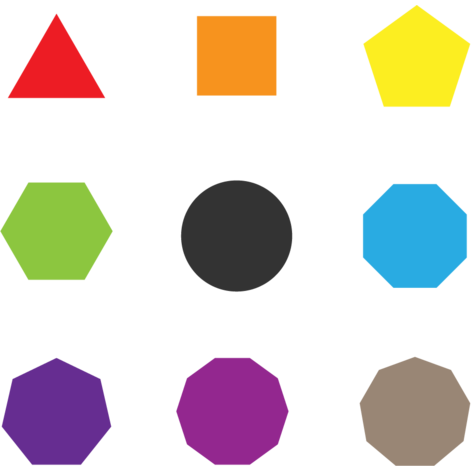The Real Sex Organ: The Human Brain.
Guest post from Fintan Steele (he/him), ex-science researcher, ex-priest and monk, and current science writer and editor in Boulder County.
Note from OBC: We have asked Fintan to contribute monthly about LGBTQ+ and science topics.
Many political leaders lately have become expert human biologists, lecturing us on the obviousness of the difference between a “man” and a “woman.” They insist it is a matter of anatomy only, predominantly the sexual “organs” (with which they are a bit over-fascinated). The whole kerfuffle would be funny if it wasn’t so destructive.
These people, mostly governors and legislators of red states, are terrible biologists. They utterly fail to understand even the tiniest bit of modern bioscience, though they often quote scientific findings selectively and incorrectly to support their demonstrably false view of human reality. The biggest giveaway of their bankrupt view on this topic is their insistence on focusing on the wrong sex organs for determining gender and sexual behavior. To understand the biology of sex and gender we need to look at the real sex organ: The human brain.
In the days leading up to the June 2000 publication of the draft human genome, a group of scientists formed an informal betting pool as to how many genes would be in the genome (“gene” is defined in this context as a section of the genome’s DNA sequence that contains the instructions for making bodily proteins of various kinds). Some scientists bet on 100,000 (or more), others as few as 30,000. No one really knew or even guessed correctly, but almost everyone was way over the actual number: There are a few less than 20,000. And, in line with what could be predicted from our evolutionary traits, about half of them are at work in the human brain.
It is no wonder, then, that the brain is the center of sexual attraction and arousal, as well as gender formation and gender identity. The brain is the place where experiences and perceptions of the outside and inside world (including your own body) are interpreted, processed, stored, and retrieved. Literally thousands of moving pieces interact, creating what you experience as “you” - including your gender and sexual identities. Your biology is not dictated by what is or isn’t under your clothes. No, it is a far messier and far more interesting combination of genes and other molecules interacting with your unique experiences and environments, expressed through your own set of interactive tools and perceptions.
But this kind of fluid biological reality does not lend itself to sound bites, religious dogma, or draconian “us vs. them” laws. It takes dedicated time and effort to dig into this emerging new world of biological knowledge, and a great deal of patience in dealing with the paradox of knowing less even as you learn more: The very attributes most anti-LGBTQ+ politicians woefully lack. So they grab tight to their external sex organs, so to speak, to give themselves a sense of certainty about their beliefs on sex and gender. Because that is still not enough to make them feel secure, they try to impose their wrong-headed beliefs on others.
To be fair, there are some who argue that of course the brain is the center of human biology. BUT, they say, brains themselves are sexually dimorphic (i.e., there are major differences between male brains and female brains), clearly seen in anatomical studies over the years. Indeed, there used to be a whole cottage industry around trying to demonstrate those differences between a brain from a penis-bearer and a brain from uterus-bearer. But recent studies, including a particularly thorough one by Dr. Lise Eliot and her colleagues at Chicago Medical School (DOI: 10.1016/j.neubiorev.2021.02.026), demonstrate incontestably that there is no real difference between a “male” and “female” brain, except maybe in a slight overall size difference (anatomically male brains can be a bit larger – a result of body size, NOT relative intelligence).
In short, sex and gender are defined biologically on a spectrum, not at its extremes. And the definition is through the brain, not the squishy bits. At least, that is what the science reveals, despite the pronouncements of those who cannot free themselves from their ignorance and fear. We need to push back insistently and repeatedly with facts.
In the next installment, I will share a few examples that give a sense of just how complex – and just how wondrous – this whole biological interplay of sex and gender truly is.
See Fintan’s previous post:

